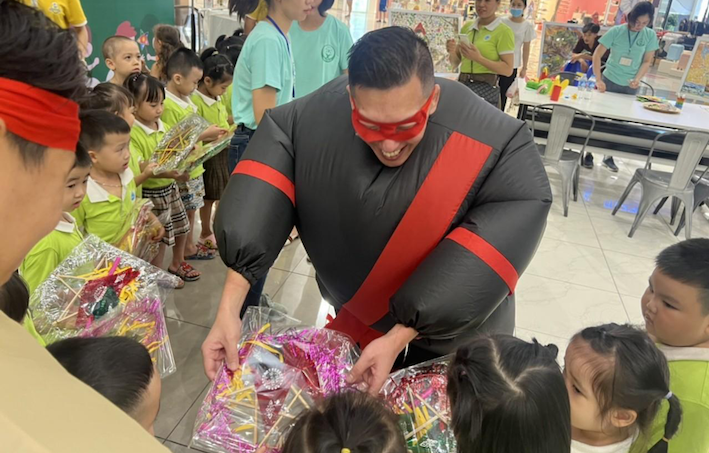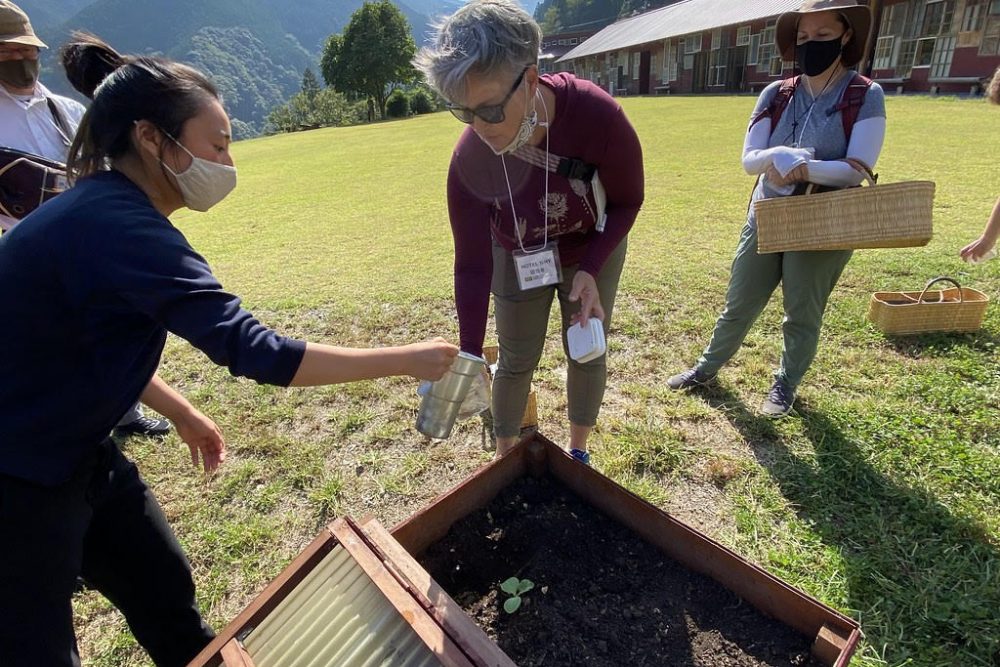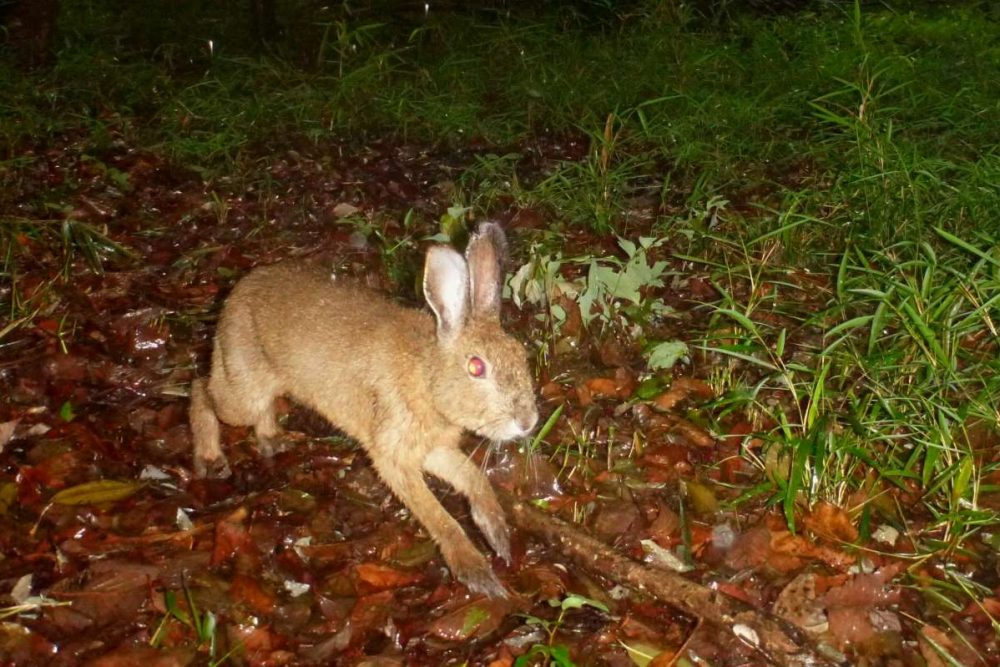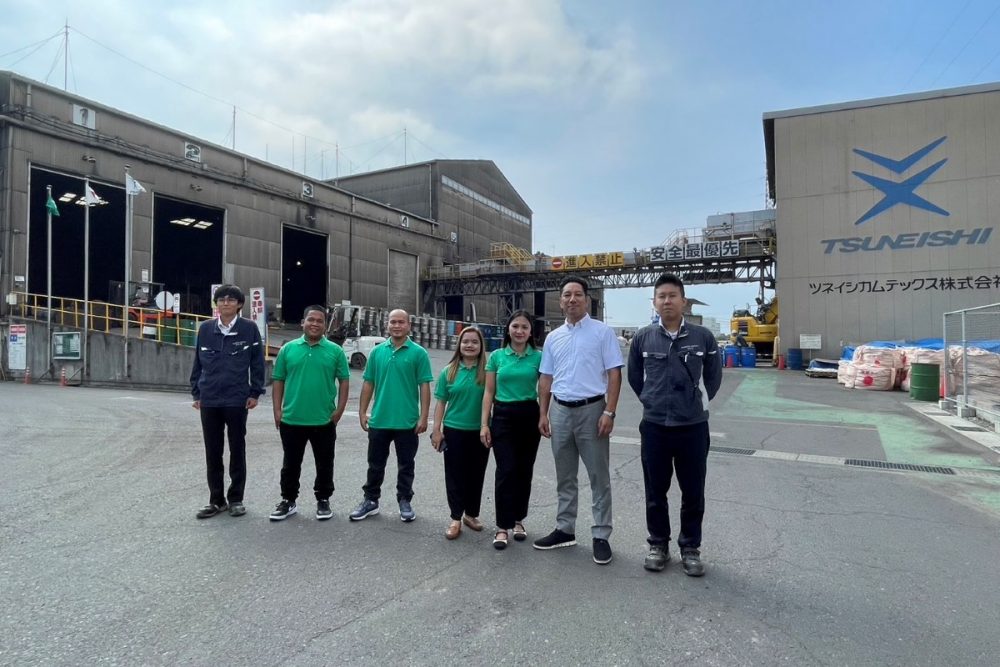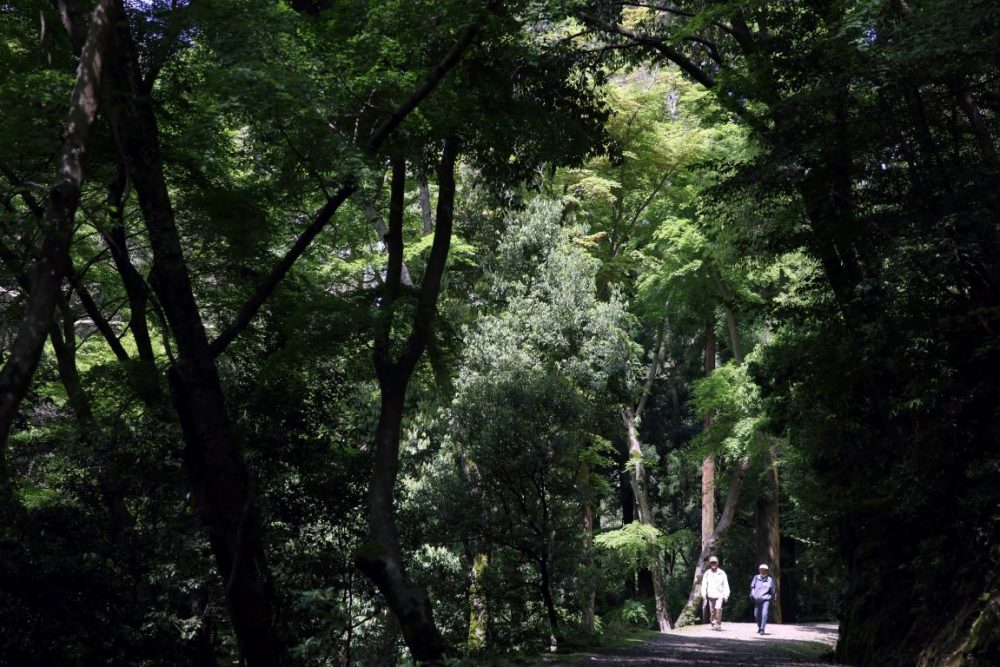Growing Food on the Moon Using Asteroid Soil
At a symposium organized by the Moon Village Association, scientists presented ideas for long-term food sustainability in the challenging lunar environment.

このページを 日本語 で読む
Can humanity thrive on the moon?
In December 2023, the 7th Global Moon Village Workshop & Symposium was held for four days in Kurashiki in Okayama Prefecture and Tottori. It was organized by the Moon Village Association (MVA), an international non-governmental organization dedicated to "the creation of a permanent global informal forum for stakeholders like governments, industry, academia, and the public interested in the development of the Moon Village." Currently, MVA has over 600 individual participants and 30 institutional members from more than 60 countries.
One noteworthy presentation at the symposium came from Eizo Nakamura, Specially Appointed Professor at the Institute for Planetary Materials of Okayama University. He proposed an ambitious idea — transporting asteroid soil containing life-sustaining elements to the moon to establish lunar food production.
The December event was MVA's second symposium in Japan, following the first one in 2019.
Salad on the Moon
Professor Nakamura's presentation was titled "Let's Have Salad on the Moon." It focused on the successful cultivation of lettuce and other greens in soil replicating the properties of samples collected from asteroid Ryugu.
The Institute for Planetary Materials, where Nakamura conducts his research, initially analyzed 16 particles from Ryugu brought back by JAXA's Hayabusa2 spacecraft, ranging from one to four millimeters (0.04–0.16 inches) in diameter. The analysis revealed an abundance of organic matter surpassing the Earth's, including 23 types of amino acids.
In contrast, the moon lacks crucial elements for sustaining life, such as carbon, oxygen, hydrogen, and nitrogen. Efforts by scientists to cultivate vegetation in lunar soil, collected during the United States' Apollo program, proved challenging. Despite providing adequate water and a nutrient solution, the plants germinated but withered within two to three weeks.
Nakamura explained, "Lunar soil has undergone prolonged weathering due to factors like cosmic rays and solar winds. This makes plant cultivation impossible."
He added, "To achieve self-sufficiency on the moon, it's essential to acquire soil externally. However, the continual transport of water, soil, and fertilizers from Earth would incur significant costs."
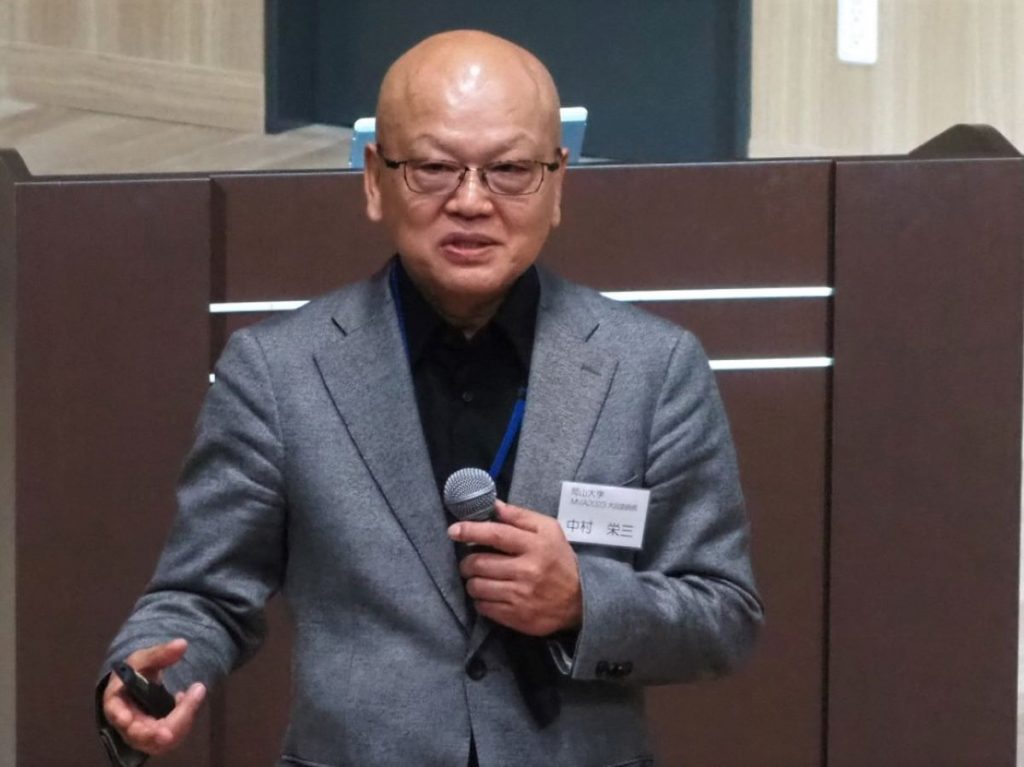
Asteroid Soil
To address this issue, Nakamura turned to Ryugu soil. In a joint initiative, the Institute for Planetary Materials and the agribusiness promotion department of Ryobi Group planted around 10 types of seeds in the replicated asteroid soil. The seeds included lettuce, mizuna, and buckwheat. Remarkably, in 2024, within three to four weeks of being planted, the buckwheat blossomed and the leafy vegetables sprouted and thrived.
The potential of transporting Ryugu's soil to the moon opens up exciting prospects for lunar agriculture and self-sustainability. However, the challenge remains: How can asteroids be transported to the moon?
In an event related to the symposium, Makoto Yoshikawa, Associate Professor at JAXA's Institute of Space and Astronautical Science, shared insights into planetary defense. Yoshikawa is also the mission manager for Hayabusa2.
Among the strategies mentioned were estimating an asteroid's trajectory and deflecting it from the earth by sending an artificial satellite to intentionally collide with the asteroid.
Furthermore, Yoshikawa discussed potential methods of transporting asteroid material to the moon. He highlighted that over 30,000 asteroids heading toward the earth or moon have been identified. One method involved using a device to capture a whole asteroid measuring around seven to eight meters with a composition similar to that of Ryugu. Another approach was to transport asteroid rocks to the moon.
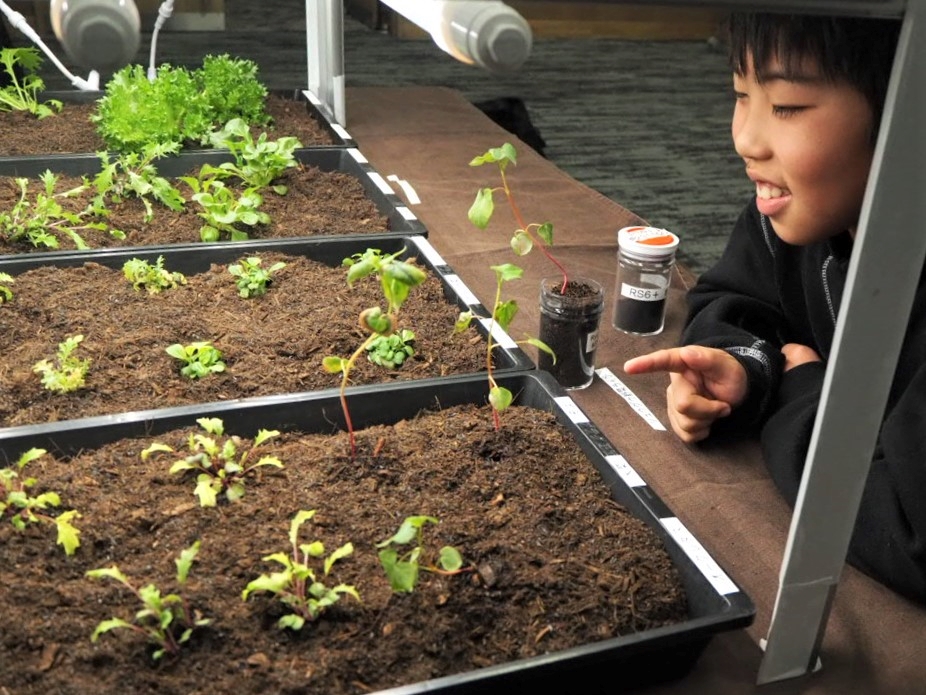
Lunar Pits
Professor Nakamura emphasized the growing global interest in lunar exploration and development. However, he noted that the vision of achieving a lunar village capable of accommodating 1,000 residents by 2045 is hindered by several unresolved challenges.
The moon's lack of atmosphere and its gravity, which is only one-sixth of Earth's, pose significant obstacles. Additionally, the lunar surface is subject to extreme temperatures ranging from over 100 degrees Celsius (212 degrees Fahrenheit) to below -170 degrees Celsius (-274 degrees Fahrenheit). As of now, human habitation on the moon remains impossible.
Another notable participant at the symposium was Professor Junichi Haruyama from the Institute of Space and Astronautical Science. He was the first to discover a massive vertical pit on the lunar surface, measuring between 50 to 100 meters (164 to 328 feet) in diameter. The pit leads to underground caves known as lava tubes, formed by volcanic activity. This discovery suggests the potential use of such pits to establish a base for a lunar colony.
'Ryugu Salad'
During the symposium's gala dinner, attendees enjoyed a "Ryugu Salad" featuring lettuce and rocket. Describing the dish, Nakamura noted, "It was slightly spicy, and the flavors were more pronounced compared to regular vegetables." The leaves were also smaller than those grown using hydroponic cultivation.
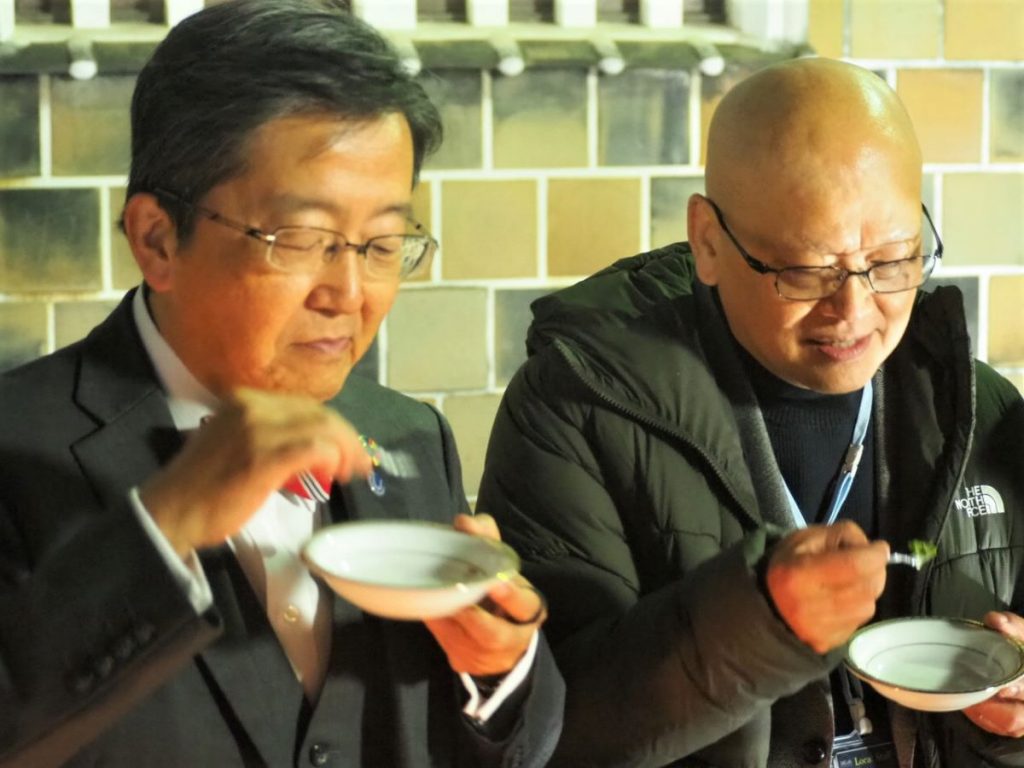
Nakamura stated, "We aim to achieve sizes, quality, and mass production comparable to traditional methods [of cultivation]." To achieve this, his team will persist in "conducting research on optimal nutrient concentration, removing inhibitory components, and identifying plants that can be easily cultivated [in asteroid soil]."
Expressing optimism, he added, "Now that we're beginning to see hope for the possibility of achieving self-sufficiency, we are eager to advance research through Japan-led projects."
This article was first published on JAPAN Forward on January 26, 2024.
このページを 日本語 で読む






